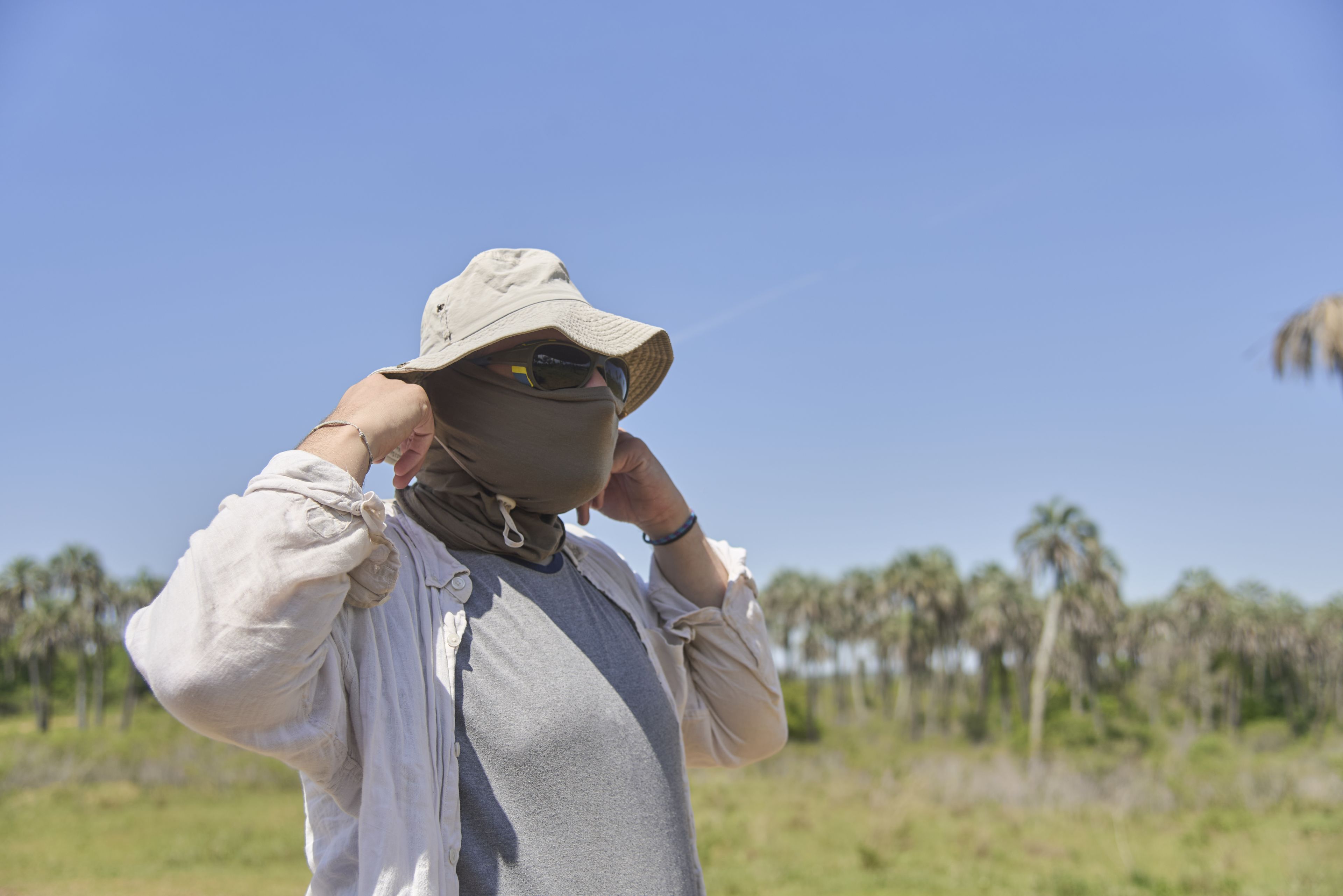
Patients
Sun Protection After Burn Injury
Burned or grafted skin is especially sensitive to sun damage—protecting it is vital to long-term healing.
Burned skin is more vulnerable to sunlight for months—or even years—after injury. Without protection, it can burn more easily and may change color permanently. Taking simple steps to avoid sun exposure can help protect healing skin and support long-term recovery.
Find a Burn Center Near You
Why Sun Protection Matters
Unprotected sun exposure can lead to:
How to Protect Your Skin
Sunscreen Use
Choose a broad-spectrum sunscreen with SPF 30 or higher.
Look for zinc oxide or titanium dioxide (physical/mineral sunscreens).
Apply sunscreen 30 minutes before going outside.
Reapply every 2 hours—or more often if sweating or swimming.
Test sunscreen on a small patch of healed skin before full use.
Protective Clothing
Wear long sleeves and pants made of tightly woven fabric.
Choose wide-brimmed hats to shield the face, neck, and ears.
Use UV-protective sunglasses to protect the eyes and surrounding skin.
Consider UV-rated clothing for extra protection in the sun.
Timing & Shade
Avoid sun exposure between 10 a.m. and 4 p.m., when UV rays are strongest.
Seek shade when outdoors—under trees, umbrellas, or canopies.
Use window films or UV-blocking shades for protection indoors, especially in cars.
Special Considerations
Grafted skin and donor sites may remain sensitive for longer, sometimes permanently.
Children and teens with burns need extra attention to sun safety, especially during outdoor activities.
People with darker skin tones may not burn as quickly but are at risk for discoloration and scarring.
Indoor tanning should be avoided entirely—tanning beds emit concentrated UV radiation and can damage healing skin.
